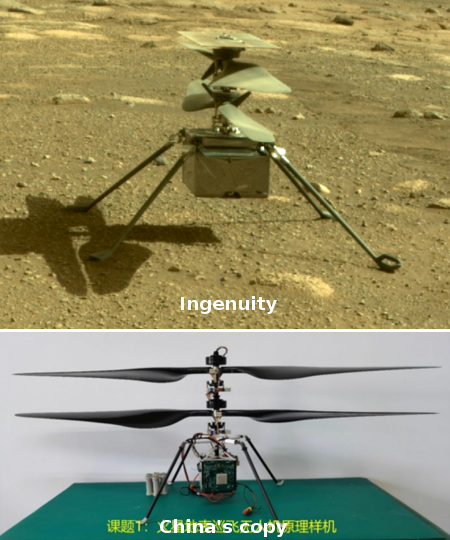NASA now targets December 18, 2021 for launch of Webb
NASA today announced that it and the European Space Agency have scheduled the Ariane 5 launch of the James Webb Space Telescope from French Guiana for December 18, 2021.
The agency set the new target launch date in coordination with Arianespace after Webb recently and successfully completed its rigorous testing regimen – a major turning point for the mission. The new date also follows Arianespace successfully launching an Ariane 5 rocket in late July and scheduling a launch that will precede Webb. The July launch was the first for an Ariane 5 since August 2020.
Launching before the end of ’21 will allow NASA to claim that Webb is only be ten years behind schedule, not eleven. The cost overruns however remain astronomical (no pun intended). Initially budgeted at $500 million, Webb is now estimated to have cost $10 billion.
Once launched the telescope will take about six months to slowly move to its Lagrange point location about a million miles from the Earth, in the Earth’s shadow. During that time it will also be steadily deploying its many segmented mirror for infrared observations (an important detail as Webb is not a replacement for Hubble, which does most of its observations in the optical wavelengths).
Should deployment and placement go as planned, Webb will undoubtedly do ground-breaking astronomy, especially in the field of deep space cosmology. If anything should go wrong, any repair mission will take at a minimum five years to mount, if ever.
Keep those fingers and toes crossed!
NASA today announced that it and the European Space Agency have scheduled the Ariane 5 launch of the James Webb Space Telescope from French Guiana for December 18, 2021.
The agency set the new target launch date in coordination with Arianespace after Webb recently and successfully completed its rigorous testing regimen – a major turning point for the mission. The new date also follows Arianespace successfully launching an Ariane 5 rocket in late July and scheduling a launch that will precede Webb. The July launch was the first for an Ariane 5 since August 2020.
Launching before the end of ’21 will allow NASA to claim that Webb is only be ten years behind schedule, not eleven. The cost overruns however remain astronomical (no pun intended). Initially budgeted at $500 million, Webb is now estimated to have cost $10 billion.
Once launched the telescope will take about six months to slowly move to its Lagrange point location about a million miles from the Earth, in the Earth’s shadow. During that time it will also be steadily deploying its many segmented mirror for infrared observations (an important detail as Webb is not a replacement for Hubble, which does most of its observations in the optical wavelengths).
Should deployment and placement go as planned, Webb will undoubtedly do ground-breaking astronomy, especially in the field of deep space cosmology. If anything should go wrong, any repair mission will take at a minimum five years to mount, if ever.
Keep those fingers and toes crossed!








